We put a phone of an up and coming smartphone brand in the cross-hairs of a crowd favorite. Infinix Mobility entered the Philippine market back in 2015 with their Hot Note since then we’ve seen a steady push from the brand. Xiaomi, on the other hand, has been a crowd favorite since they entered the market back in 2014 and is known to release competitively specced and aggressively priced phones. Let’s see how the newly released Infinix Note 4 fare against Xiaomi’s highly regarded Redmi Note 4X.
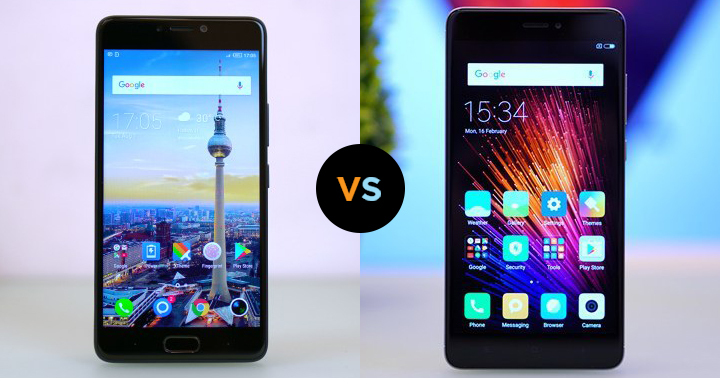
You can check out the Infinix Note 4’s full review here while the Xiaomi Redmi Note 4X’s full review is here.
Table of Contents
Display and Multimedia

The Note 4 has a 5.7-inch Display while the Note 4X has a 5.5-inch display. Both phones have Full HD IPS screens with a resolution of 1920 x 1080. They both have good viewing angles, color reproduction, and color accuracy.
The screens are bright enough to be operated under direct sunlight. As for protection, none of them have Gorilla Glass but the two companies claim that it’s scratch resistant. While both have mono speakers that go loud, the Note 4X’s speaker produces clearer sounds and more bass than that of the Note 4. There is little noticeable distortion at max volume for both phones.
Camera
The Infinix Note 4 has a 13MP Autofocus rear camera with dual-LED flash and an 8MP fixed focus front camera with soft-LED flash. It also offers a variety of camera modes for its user’s such Professional, HDR, Beauty, Night, Panorama, PIP (Picture in Picture), Wide Selfie, and its own set of filters. The notable camera features are PIP and Wide Selfie. PIP or Picture in Picture lets you use both the rear and front cam simultaneously, with the front cam having some frame options, sadly there is no option to have no frame. Wide Selfie is essentially Panorama shot for the front cam. You can also set the settings of both the rear and front cam to have grid lines, a leveling guide, touch to capture, smile capture, and delay capture. While a unique option for the front camera is gesture control where when the camera detects a gesture it takes the shot.
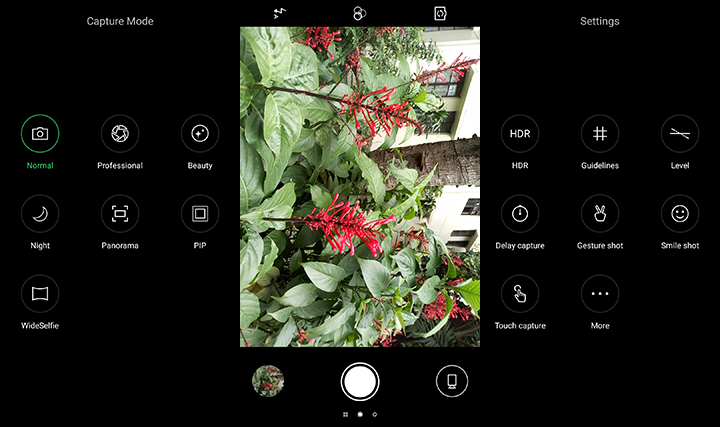
The Xiaomi Redmi Note 4X, on the other hand, has a 13MP rear camera with f/2.0 aperture, PDAF, dual-LED flash, and a 5MP front camera with f/2.0 aperture. It offers a variety of modes for its rear camera such as Manual, Panorama, Timer, Audio, Straighten, Beautify, HHT, HDR, Scene and a selection of filters. The notable camera features are Audio and Straighten. Audio lets you control the camera by sound, once the mic detects a loud enough sound the camera will take a shot the downside of this, however, is that it registers any loud enough sound it detects. Straighten lets you take angled shots by using a guiding rectangle. The front camera, on the other hand, has the Timer and Audio modes plus a selection of filters.
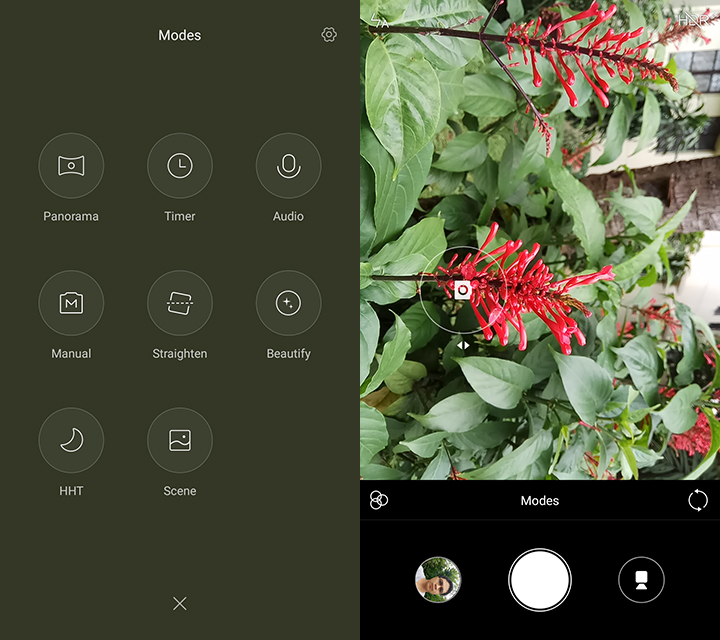
Both phones take decent to good daylight photos. Night shots, however, are not that great and noise on both phone’s shots are evident. Shots from the Note 4’s cameras are warmer in color while shots from the Note 4X’ are cooler in color. Even though their night shots are sub par the Note 4X shots are a little brighter than those of the Note 4 Pro but neither could produce clear images. Low-light shots on both phones though are decent. Selfies on the Note 4 although great tends to have high contrast and slightly overblown highlights while selfies on the Note 4X have great detail and look natural. The Note 4 takes wider angle shots than the Note 4X.
Here are some sample shots from the Note 4:
And here are some sample shots from the Note 4X:
For Video, both phones max out at 1080p, 30fps. Video quality is average at best for both. Colors on the Note 4, however, are a bit washed out. The Note 4X records clearer audio than the Note 4. But still audio recording in videos for both phones is not that great.
Here is a sample video from the Note 4:
And here is a sample video from the Note 4X:
OS, UI, Apps

The Note 4 runs on Infinix’ own XOS Chameleon V2.3 on top of Android 7.0 while the Note 4X, during our review, runs on Xiaomi’s own MIUI 8.2 on top of Android 6.0 but can be upgraded to Android 7.0 with MIUI 8.5. Xiaomi installed little bloatware on the Note 4X most of which you can uninstall. Infinix, although also installing little bloatware that can be uninstalled, has included quite a few customized apps on the Note 4.
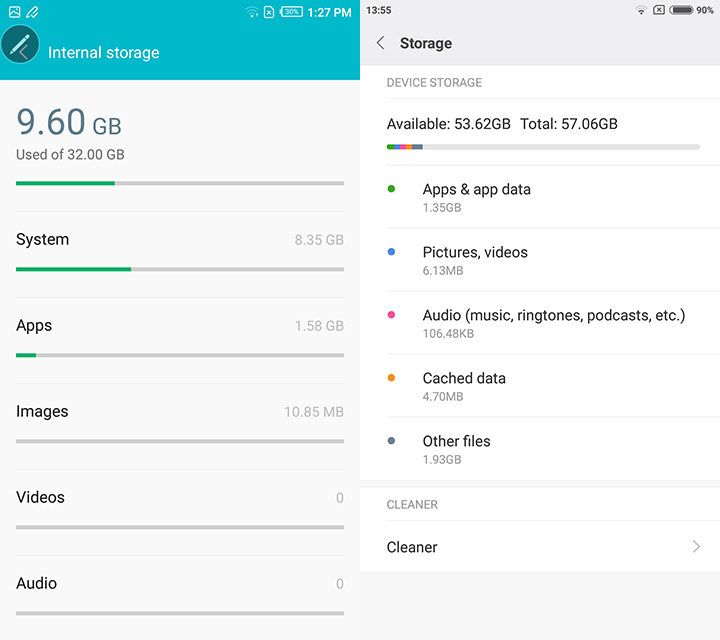
Storage wise, the Note 4 has 32GB of internal storage of which 23.65GB is available to the user while the Note 4X has 64GB of internal storage of which 57.06GB is available to the user. Both have microSD support should you wish to expand your storage.

As for the features, The Note 4 has split screen functionality, infinite scroll, one-handed mode, freezer, gesture controls, and wave-to-unlock. The most interesting feature here is the freezer. It, as the name implies, freezes other apps. It’s a nifty feature to have, especially if you want to keep those pesky system apps in check.
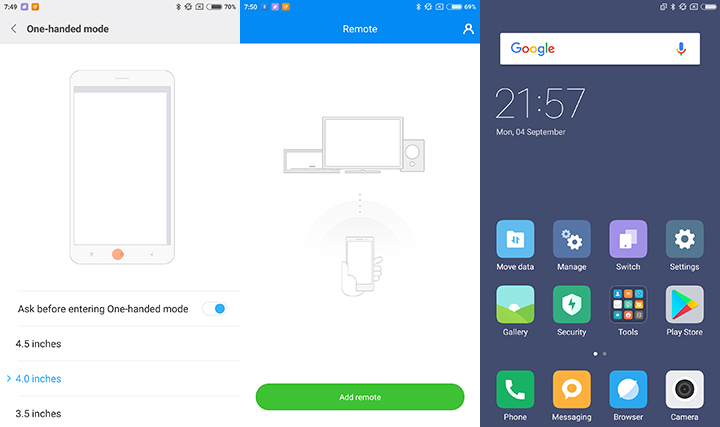
The Note 4X, on the other hand, can double as a remote through the MI remote app provided your device supports it. It has what Xiaomi calls Second Space which creates a second profile in your device with a different password and settings. It also supports one-handed mode and Dual Apps.
Performance and Benchmarks
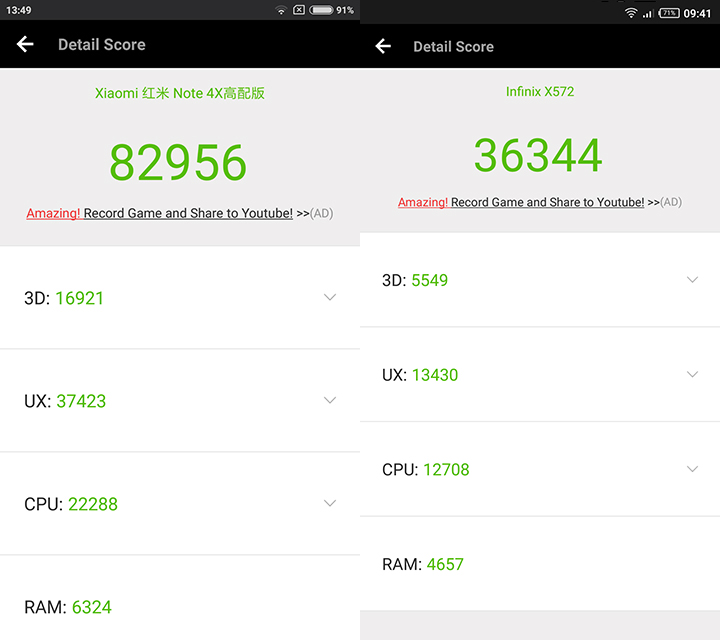
Now, this is where it becomes interesting. The Note 4X is powered by MediaTek’s flagship chip the Helio X20 clocked at 2.1Ghz while the Note 4 is powered by the aging MediaTek MT6753 clocked at 1.5GHz. In AnTuTu, the Note 4X scored 82,956 while the Note 4 scored only 36,344. For Geekbench, the Note 4X scored 1513 on Single-Core and 4541 on Multi-Core while the Note 4 scored 617 on Single-Core and 2523 on Multi-Core.

While you will feel no difference in the performance between the two at mundane tasks like browsing the web or texting once you move on to heavier tasks like gaming the gap is noticeable with the Note 4X leading the charge. While multitasking wouldn’t be an issue for both phones, the Note 4X has an advantage with its 4GB RAM over the Note 4’s 3GB.
Here are the other benchmark scores of the Note 4X and Note 4 side by side:
| Infinix Note 4 |
Xiaomi Redmi Note 4X |
|
Vellamo |
|
|
2,247 (Chrome) |
5,676 (Chrome) |
|
990 (Metal) |
2,192 (Metal) |
| 1,571 (Multi-core) |
3,373 (Multi-core) |
|
Androbench |
|
|
237.01 MB/s (Read) |
247.74 MB/s (Read) |
| 120.48 MB/s (Write) |
71.58 MB/s (Write) |
Connectivity and Call Quality
Call quality and signal reception on both phones are good. Basic connectivity is present as both phones have LTE, WiFi, and Bluetooth. Navigation via GPS won’t be a problem, but the Note 4X has better accuracy than the Note 4.
Here are the sensor box and GPS test results of the Note 4:

And here are the sensor box and GPS results of the Note 4X:
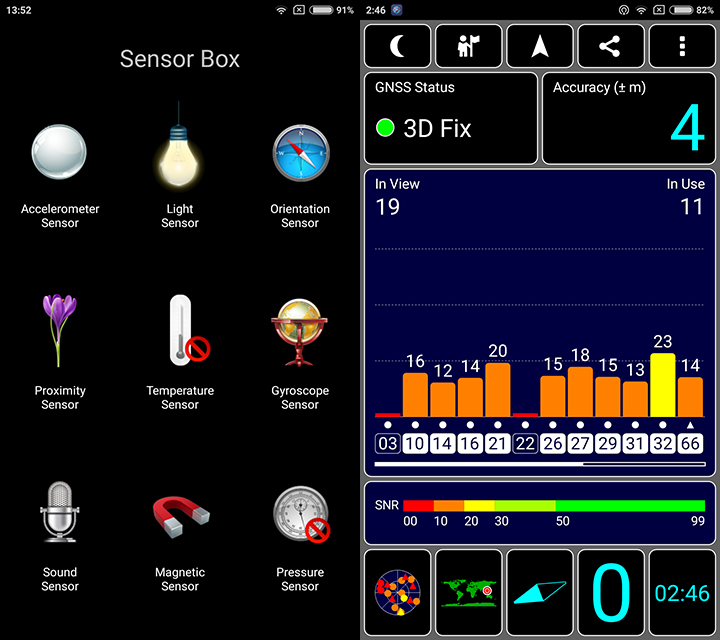
Battery
The Note 4X has a 4,100mAh battery while the Note 4 Pro has a 4,500mAh battery. Both phones have fast charging capabilities. The Note 4X takes about an hour to an hour and a half to charge from 0-100% while the Note 4 takes a little over an hour to charge from 0%-100%. For the PC Mark battery test, the Note 4 lasted 9 Hours and 39 Minutes while the Note 4X lasted 11 Hours and 6 Minutes. These phones would comfortably last you the day without the need of plugging it in.
Conclusion
The only real difference in these phones lie in their performance and features as other aspects like the Camera, Display, and Connectivity is almost similar. In pricing, Infinix’ offering costs Php8,999 while Xiaomi’s offering costs Php 8,799(See listing here). It is certainly a question about performance or features, while the Note 4X outshines the Note 4 in specs the Note 4 makes up for it in features.
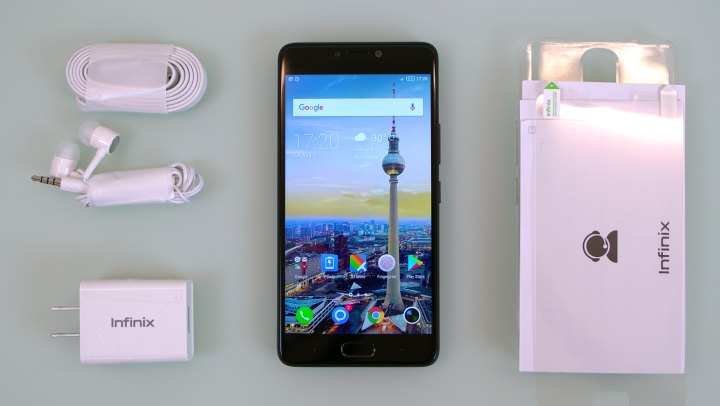
Infinix Note 4 specs:
5.7-inch Full HD IPS display, 386ppi
1.3GHz MediaTek MT6753 octa-core CPU
Mali-T720 MP3 450MHz
3GB RAM
32GB ROM
Up to 128GB via microSD (dedicated slot)
13MP rear camera w/ dual LED flash
8MP front camera w/ LED flash
Dual-SIM (Micro)
4G/3G/2G
Wi-Fi 802.11 a/b/g/n, Hotspot
Bluetooth 4.2
A-GPS
Fingerprint recognition
USB-OTG
Android 7.0 Nougat
4,300mAh battery w/ xCharge
159 x 78.8 x 8.4 mm
198 g
Champagne Gold, Milan Black, Ice Blue

Xiaomi Redmi Note 4X specs:
5.5-inch Full HD display @ 1920 x 1080 resolution
2.5D curved glass on a metal unibody
MediaTek Helio X20 Deca-core Processor
Mali T880MP4
4GB RAM
64GB internal storage
Expandable via microSD, up to 256GB (uses SIM 2)
13MP rear camera with f/2.0 aperture, PDAF, dual-LED flash
5MP front camera with f/2.0 aperture
Dual SIM
4G LTE
Wi-Fi 802.11ac
Bluetooth 4.2
GPS w/ A-GPS
Infrared
Fingerprint scanner
4100mAh battery with fast-charging
Android 6.0 Marshmallow w/ MIUI Global 8.1
151 x 76 x 8.4 mm
175 g
Why choose the Infinix Note 4:
- Bigger Screen
- More features
Why choose the Xiaomi Redmi Note 4X:
- Better Performance
- Bigger Internal Storage
- Bigger RAM
- Lower power consumption















































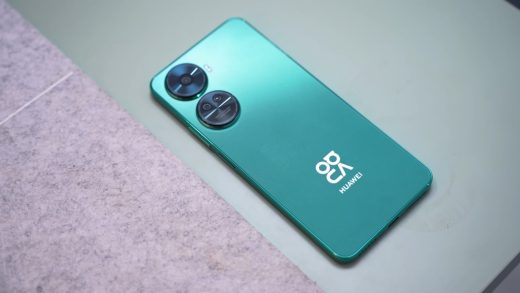

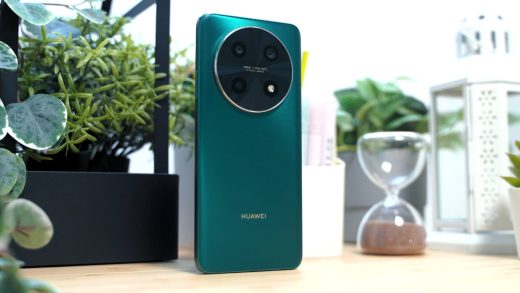







Where did you buy the Xiaomi Redmi Note 4X the Mediatek version? Can you also compare the Xiaomi Redmi Note 4 Mediatek to the Snapdragon version.
Parehas note wala naman stylus hehe
“the Note 4X’s speaker produces clearer sounds and more base than that of the Note 4”
You meant to say “bass”? “Bass” and “base” are two different things, you know.
Oh right, i now it’s a month late but thank you for noticing that mistake.:)